When to Travel to Australia
A Guide to Year-Round Travel in Australia
Whether you're dreaming of exploring the Great Barrier Reef under the warm sun, trekking through the ancient landscapes of the Outback, or indulging in the vibrant city life of Sydney or Melbourne, Australia caters to travelers throughout the year. In this guide, we'll cover the best times to visit each region and provide tips on how to make the most of your Australian adventure, no matter when you decide to go. So, read on to discover when to travel to Australia to make the most of this exciting destination.
A Guide to Year-Round Travel in Australia
Australia's geographic size is often a surprising revelation for those unfamiliar with its expanse. To put it into perspective, imagine this: Australia spans roughly 2.9 million square miles. Now, let's compare that to the continental United States, which covers approximately 3.8 million square miles. This means Australia is only slightly smaller than the US in terms of land area. This makes it clear why a meaningful journey through Australia may require several weeks of travel. Indeed, Ker & Downey’s travel designers are experts at crafting fantastic Australian travel itineraries at any time of year. With that in mind, we recommend a minimum of two to three weeks any time of the year for the best Australian experience.
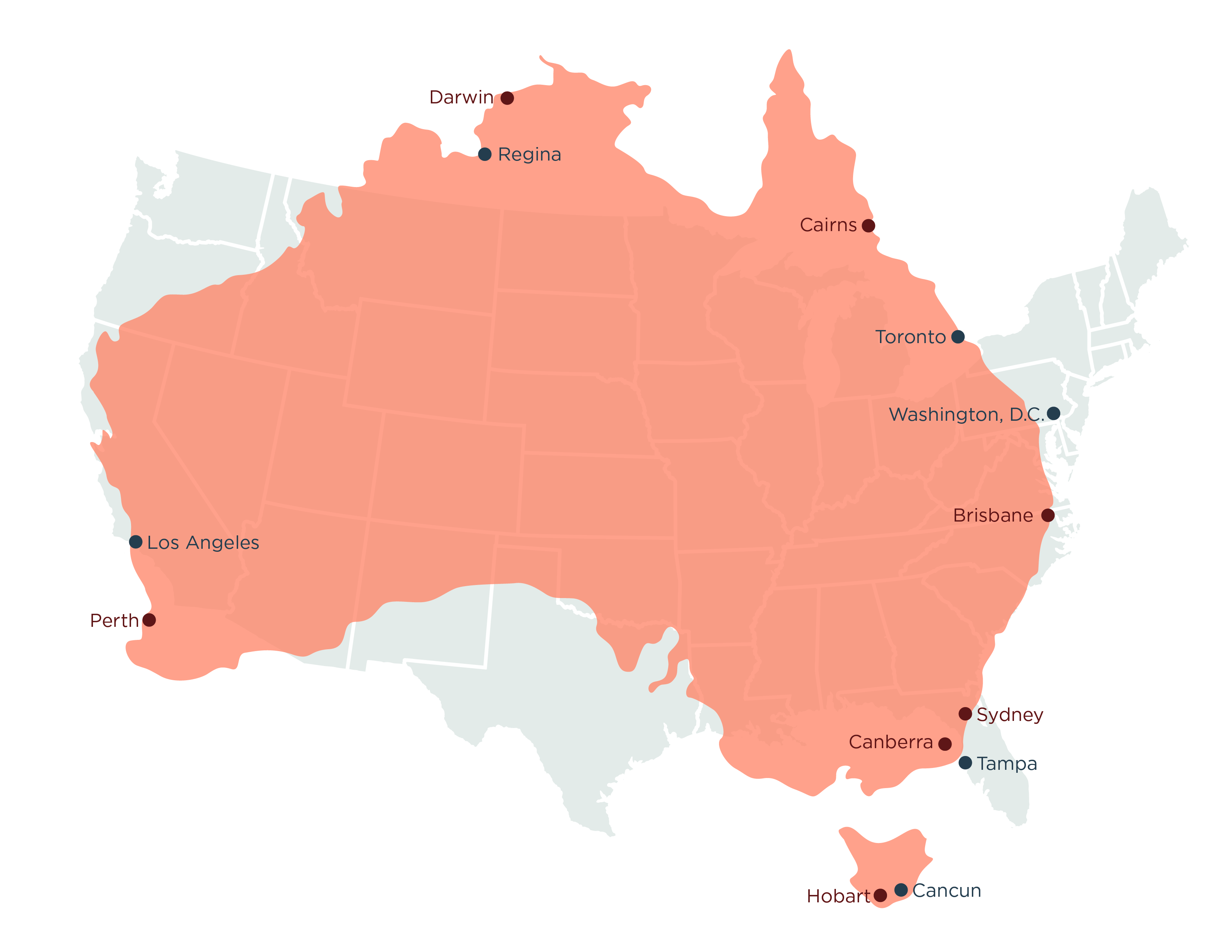
When to Travel to Australia – Spring and Autumn
For most of Australia, spring falls between September and November. Spring is an amazing time to travel in Australia, with less rain and mild temperatures. Even in the outback, the daytime temperatures may still be warm, but the evenings are chilly. And the tropical north experiences a dry season in the spring, which means less humidity. The exception: The Northern Territory, where Darwin and Kakadu lie, experiences heavy rains beginning in November, so we recommend traveling there earlier in the spring.
Spring in Australia brings wildflowers galore. While they blanket much of the country during this time, our favorite spots to visit for wildflower viewing are Canberra – home of the largest flower festival in the Southern Hemisphere – and the Margaret River, where foodies will enjoy a picnic lunch amid the blooms following a tasting experience at one of the region’s many top-notch wineries.
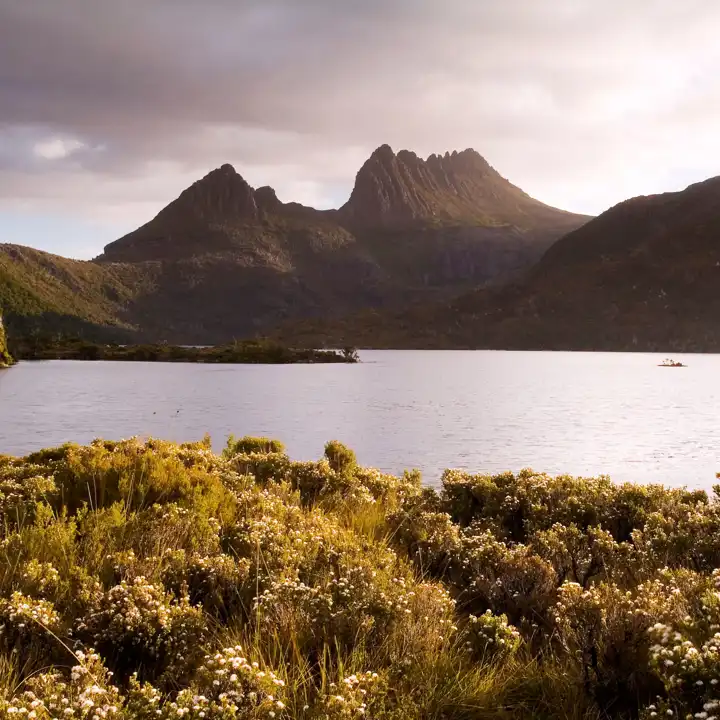
Tasmania
Tasmania is a great destination in the spring. Hike one of the many tracks on this special island, overnight at a wilderness property to look out for the Southern Lights, or enjoy a boat-based whale-watching experience.
Autumn in Australia occurs from March to May, and it’s an ideal time for oenophiles to visit the wine regions for harvest festivals. Tropical storms may affect Cairns and The Whitsundays in autumn, so plan to spend time in the Southern Great Barrier Reef region instead. Autumn sees turtles hatching in the region, so marine animal lovers should plan to spend a few days on the reef to see hatchlings heading out to sea. Alternatively head to Western Australia for whale watching season; swim with whale sharks in the north or head south for a boat-based Orca viewing experience.
Many Australian cities offer vibrant fall festivals. For example, vivid Sydney offers incredible light shows and installations across the city, along with music and culture performances. This is also a perfect time to take a road trip to the Blue Mountains or along the Great Ocean road to witness the stunning change of natural scenery in autumn.
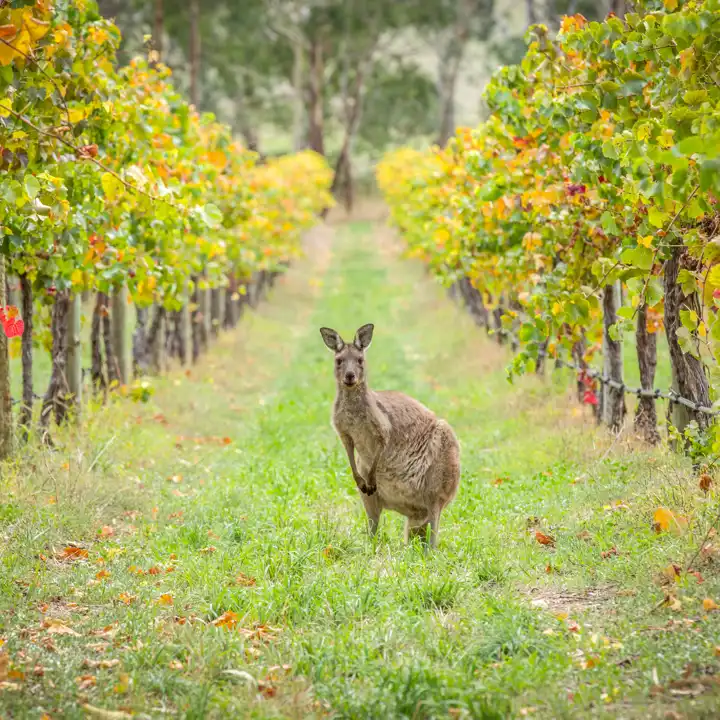
Adelaide
We suggest spending a few days in South Australia in autumn, especially the city of Adelaide. Spend a day checking out the Adelaide Fringe Festival, and then head out to Mount Lofty in the Adelaide Hills for a glass of shiraz while taking in views of the stunning fall foliage. Consider extending your journey with a few nights on Kangaroo Island to discover its unique ecosystem and fascinating history.
Spring and autumn are considered “shoulder seasons”. This means lower prices and fewer crowds, making spring and autumn ideal times to travel to Australia for those on a budget.
When to Travel to Australia – Summer and Winter
The Australian summer season occurs December through February, and for much of the country, this means bright blue skies, hot temperatures, and lots of beach time. Summer is time for the Australian Open in Melbourne, as well as yacht racing in Sydney and Tasmania. For those Americans seeking to rid themselves of the winter blues, Australian summer is a playground for water sports connoisseurs and wildlife enthusiasts.
Coastal cities in Australia have numerous incredible swimming beaches, as well as surf lessons and opportunities for all ages. Sydney is delightful during the end of year holidays, with a stunning fireworks spectacular on New Year's Eve. In Melbourne, visit Philip Island for a full day wildlife and local foods experience, rounding off the day with the famous Penguin Parade in the evening.

Great Barrier Reef
Visit the Southern Great Barrier Reef for snorkeling and diving in the summer. This portion of the reef does not experience tropical storms, and the dangerous “stingers” (jellyfish) found in the north in summer do not travel this far south. Consider chartering a yacht for a few days of exploring the reef with friends or family.
Winter in Australia, occurring from June to August, offers a respite from North American summer heat. With Australia’s massive size, each region has its own unique winter appeal, much like the US. Tasmania, South Australia, and Victoria may experience a white winter, while northern and western states offer more mild weather.
This is an excellent time of year to experience Australia’s awesome Outback scenery. Head to Red Centre to experience Uluru and Kata Tjuta by helicopter, and then spend time at one of the ultra-luxurious desert lodges for an evening of stargazing with a professional astronomer.
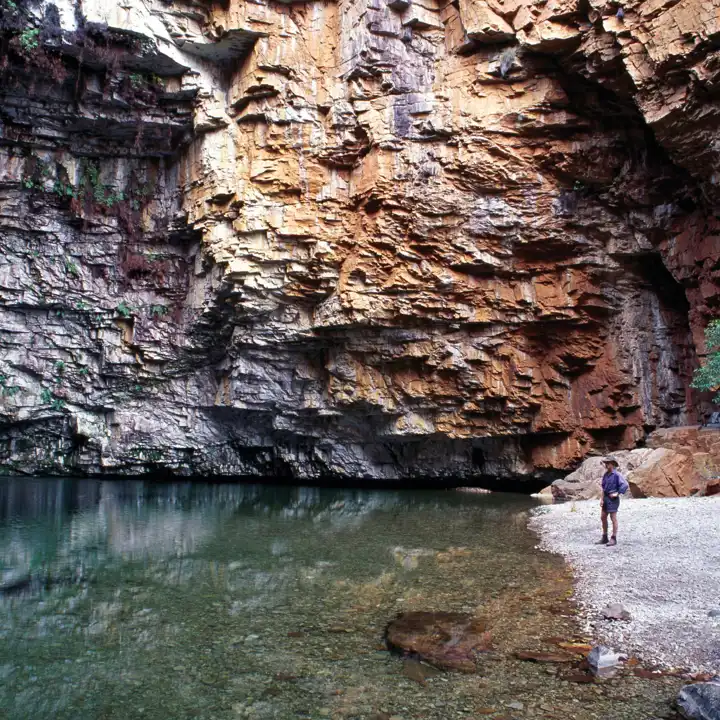
Northern Territory
Since winter coincides with the dry season in the Northern Territory, we recommend this time of year for a cruise through the Kimberley region. Then follow it up with a few days in the Top End, hiking to incredible Aboriginal rock art sites.
Summer and winter are considered “high seasons” in parts of Australia. This means you should expect to spend a little more and book well in advance. For Christmas and New Year’s, we recommend booking a minimum of 12 months prior to travel.
Australia’s vast continent stretches for thousands of miles, showcasing everything from rugged mountains to expansive deserts. The diversity of landscapes—from the iconic Great Barrier Reef to the sprawling deserts of the Red Centre—reflects Australia's grandeur and natural beauty. So, next time you think about Australia, remember it's not just an island—it's a continent-sized wonder waiting to be explored.
Contact Ker & Downey Today to Decide When to Travel to Australia Yourself
Contact your designer to start planning today. Meanwhile, follow us on Facebook and Instagram for more inspiring travel content.
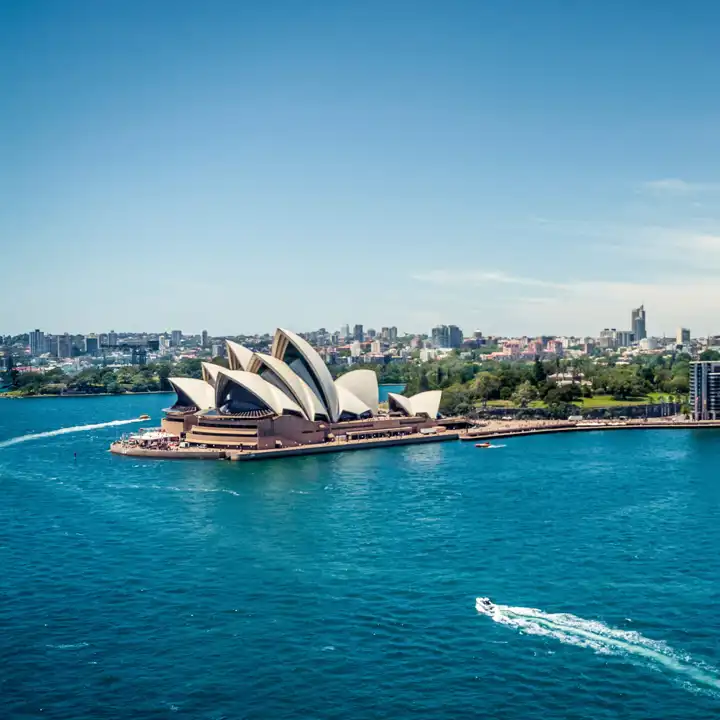
Australia
Luxury travel to Australia with Ker & Downey: Our Australia vacation packages let you design your own unique adventure like no other.
Discover Australia